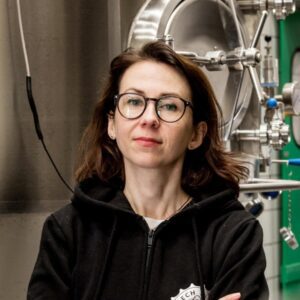Być może niektórzy z was zadają sobie to pytanie – jakie ma zastosowanie foodstyling poza planem filmowym, czy planem fotograficznym i czy w ogóle ma? Czy warto korzystać ze współpracy z foodstylistą np. w restauracji? Odpowiadam!
Zacznę od tego, że jedzenie jako takie, z natury posiada na tyle uroku, że samo w sobie jest piękne, a co za tym idzie – nie wymaga żadnych dodatkowych środków, by to podkreślić. Czasem wymaga tylko, aby stało się też apetyczne – należy wtedy piękno to wydobyć. To znaczy wydobyć z niego jego własny urok, czyli kolor i kształt.
Wszystko po to, by dosadnie pokazać jego walory, które mówią o jego apetyczności. Można by pomyśleć, niby nic, a jednak!

źródło: Pinterest
Na początku, przyjmijmy, że dzielimy restauracje na dwa rodzaje – pierwszy rodzaj, to ten z kuchnią autorską, gdzie za menu i prezentację dań odpowiada Chef (szef kuchni), drugi to restauracje sieciowe, w których menu często ustalane jest odgórnie.
W pierwszym wypadku praca foodstylisty może przyjąć pewną formę konsultacji z Chefem, zamykającą się głównie w aspekcie technicznym, czyli przygotowanie dania tak, by można było zrobić mu kilka ujęć, a ono wciąż wyglądało perfekcyjnie. Taka współpraca może się odbywać np. podczas tworzenia zdjęć do karty dań albo jakiejkolwiek innej formy ich ekspozycji. W drugim wypadku współpraca taka, może być dużo bardziej zasadna. Kto bowiem, jak nie foodstylista, przygotuje perfekcyjnie apetyczne dania, tak aby na podstawie samych zdjęć, potencjalny klient mógł zobaczyć i wybrać to, co chciałby zjeść? Zdjęcia te mogą też stanowić doskonałe narzędzie do pracy w kuchni, na podstawie którego jej pracownicy widzą wzorzec dania i łatwo mogą je odtworzyć.
Podam kilka przykładów – np. sieciowe burgerownie, restauracje podające pizze czy nawet zwykłe małe restauracje (popularne na wschodzie świata), gdzie dzięki zdjęciu, klient ma szansę wyobrazić sobie danie, które wybiera. Często jest ono tak egzotyczne i nieznane, że wizualizacja bywa bardzo pożądana. Czasem nawet ta wizualizacja ma wymiar 3D. Przed wejściem do restauracji w gablotach, w uzupełnieniu karty menu widzimy wystawione mockupy dań na podstawie których łatwiej dokonamy wyboru tego, co chcemy zjeść.
W tym wypadku praca foodstylisty może być dla jedzenia dokładnie tym samym, czym praca wizażysty dla aktora występującego w filmie. Często czyta się w różnego typu gazetach głośne nagłówki …aktorka x widziana na ulicy bez make-upu! i wszyscy ekscytują się tym, że ktoś bez makijażu wygląda po prostu zwyczajnie.
W dużym skrócie: gdyby pan burger mógł wyjść sam na ulicę, też mógłby się spotkać z takim komentarzem. ☺ Dlatego tak ważne jest, żeby jedzeniu występującemu na zdjęciu stworzyć te same warunki do pracy, co aktorom. Tzn. zadbać o nie tak, aby czas i warunki panujące na planie (np. temperatura) nie wpływała znacząco na ich wygląd. Oprócz elementu czysto technicznego, dochodzą jeszcze kolejne aspekty tej współpracy.
Jeden sprzyja lepszemu przedstawieniu produktu, który pokazujemy w ofercie. Drugi ma na celu skuteczniejszą sprzedaż produktu, który jest w ofercie. Z którego modelu ktoś skorzysta, zależy tylko od klienta. Chciałabym mocno i wyraźnie podkreślić w tym momencie, że praca foodstylisty nie ma wpływu na decyzję klienta i jego wybory w metodzie sprzedaży produktu. W tej kwestii jesteśmy tylko narzędziem w rękach klienta. Pomagamy w wizualizacji obrazu jego produktu. Oczywiście, czasem jest to bliskie realiom, czasem bardzo mu do nich daleko… Jednak naszym tematem przecież nie jest ocena tego zjawiska.
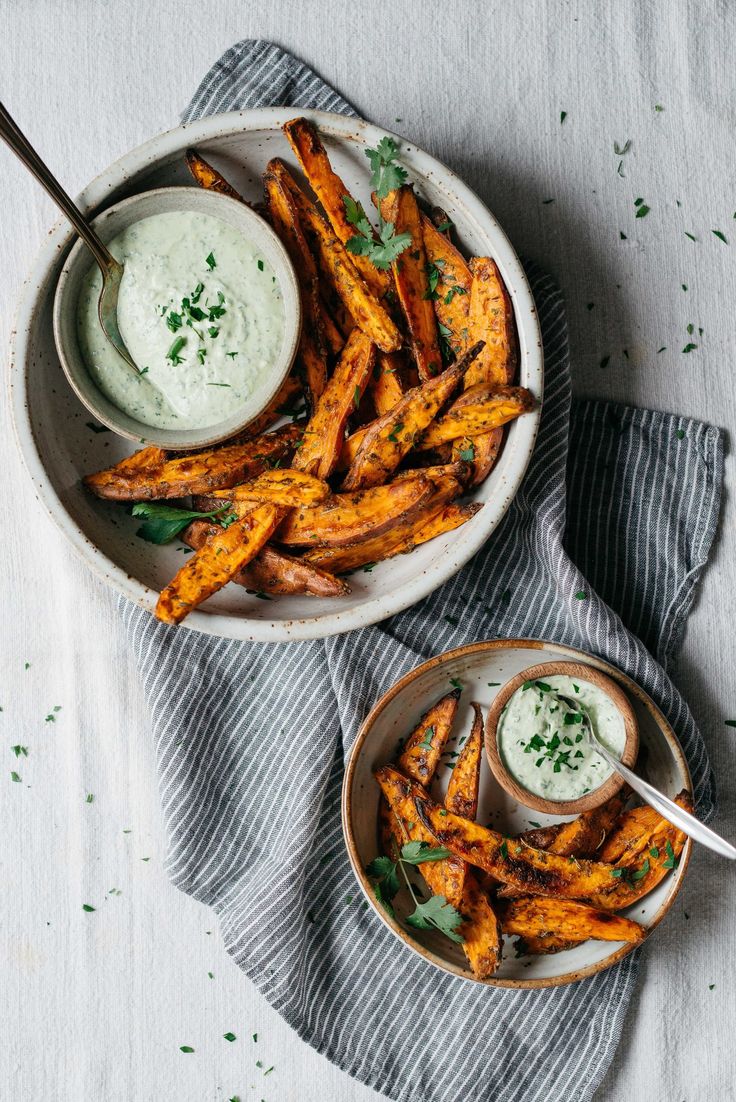
źródło: Pinterest
Przykład 1.
Sieciowa firma, sprzedająca m.in.burgery, zarówno w Polsce, jak i na całym świecie.
W tym przypadku praca foodstylisty sprowadza się do stworzenia pysznie wyglądającego burgera, napoju czy frytek. W większości wszystko oparte jest na oryginalnych składnikach, a zadanie foodstylisty polega na atrakcyjnym pokazaniu dania i wyeksponowaniu możliwie jak największej ilości składników składających się na określone jedzenie.
Czasem zastosowanie małych trików – np. delikatne odchylenie górnej części bułki pozwala pokazać dokładnie jej wnętrze. Natomiast przesunięcie składników na przód, sprawia wrażenie ich większej ilości. Zroszenie sałaty lub pomidora, dodaje soczystości i świeżości…
Cała praca ma na celu jak najlepsze pokazanie tego, co jest dostępne w ofercie. Nie dodając jednocześnie żadnych „bonusów”, niczego więcej poza tym, co jest w składzie danego dania. Nie mogę oprzeć się pokusie, by nie przytoczyć tu słynnej sceny z filmu „Upadek” z Michaelem Douglasem w roli głównej. 31 lat później bohater tego filmu w innej restauracji musiałby odreagowywać swoją frustrację. ☺
Przykład 2.
Sieciowy sklep sprzedający m.in. zimne i ciepłe przekąski oraz gotowe jedzenie.
W tym wypadku zadanie foodstylisty jest bardziej rozbudowane. Mianowicie polega ono na stworzeniu na bazie oryginalnego produktu, produktu wyglądającego na przeapetyczny, przesmaczny, z użyciem wszystkich możliwych składników (niekoniecznie w takiej postaci, w jakiej występują w produkcie). Inne wyzwanie, inne środki pracy. Oczywiście – cel pozostaje ten sam. Sprzedaż.
Przykład 3.
Sieciowe restauracje zlokalizowane na stacjach benzynowych, gdzie jedzenie przygotowują pracownicy tych stacji, którzy nie są kucharzami. W tym wypadku, dzięki współpracy z foodstylistą stworzone zostały zdjęcia, przedstawiające krok po kroku proces przygotowania kanapki tudzież dania, tak by naocznie każdy mógł zobaczyć, jak ostatecznie wygląda serwowany produkt.
Dzięki takiej wizualnej pomocy oraz zdjęciom w menu, stworzonych również we współpracy z foodstylistą, klient wie czego oczekuje, a wspomniany pracownik doskonale wie co ma przygotować.
Podsumowując – czy praca foodstylisty może być przydatna restauracji?
To zależy od tego, czy ktoś chce takiej współpracy i czy widzi na nią przestrzeń. W większości przypadków, nie jesteśmy kucharzami, ale znamy się w dużej mierze na kuchni, jak i gotowaniu. Nie tworzymy smaku, gdyż takowego nie widać, ale potrafimy stworzyć obraz. Współczesna kultura społeczna powoli sprawia, że ludzie zamiast czytać, przechodzą na pismo „obrazkowe”. Właśnie dlatego rola foodstylisty ma sens i będzie miała coraz większy, w końcu każdy z nas – chcąc nie chcąc – je oczami.
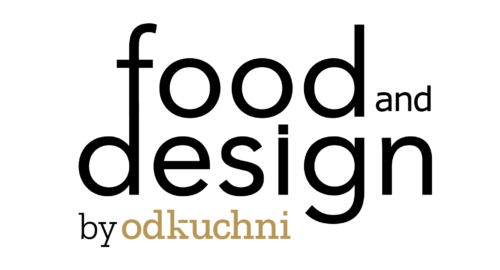
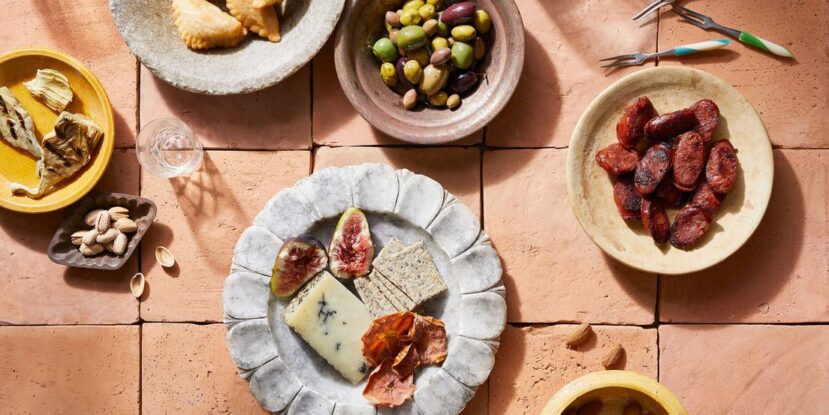
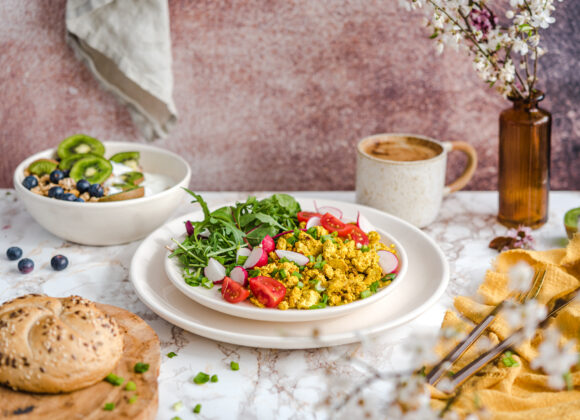
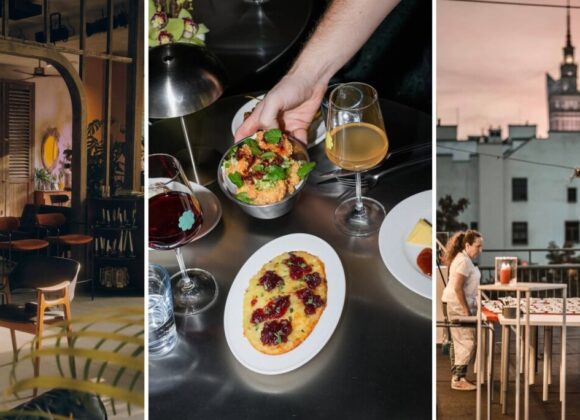

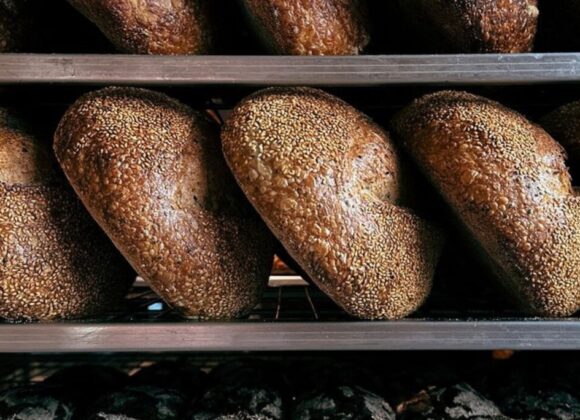
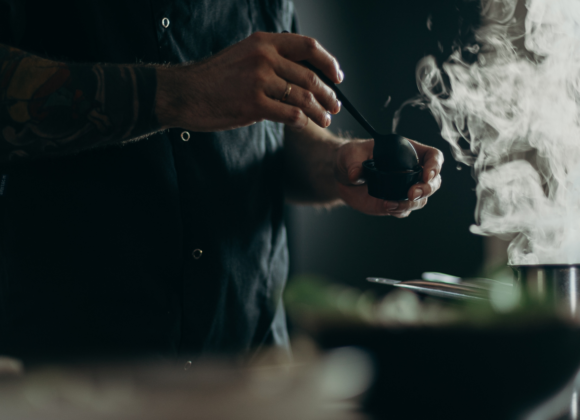
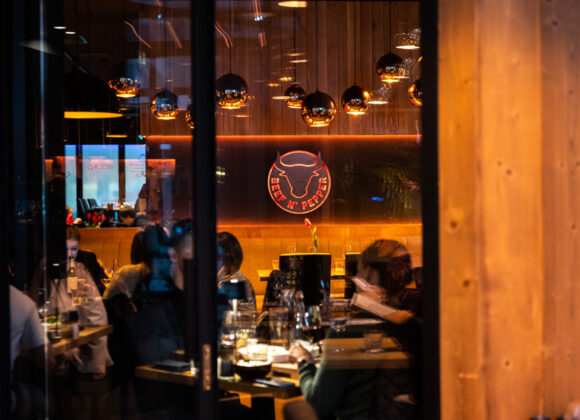


 Młodszy specjalista ds. komunikacji marketingowej i PR.
Młodszy specjalista ds. komunikacji marketingowej i PR.


 Absolwent Uniwersytetu Warszawskiego oraz Szkoły Głównej Gospodarstwa Wiejskiego. W branży HoReCa od ponad 10 lat. Przez lata związany z Grupą Trip, Sobienie Królewskie Golf and Country Club oraz restauracją Florentin w Warszawe.
Absolwent Uniwersytetu Warszawskiego oraz Szkoły Głównej Gospodarstwa Wiejskiego. W branży HoReCa od ponad 10 lat. Przez lata związany z Grupą Trip, Sobienie Królewskie Golf and Country Club oraz restauracją Florentin w Warszawe.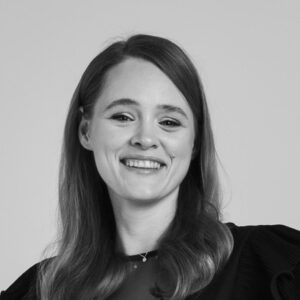 Absolwentka Wydziału Architektury Politechniki Warszawskiej na kierunku Architecture for Society of Knowledge oraz Komunikacji Wizualnej na Politecnico di Milano. Specjalistka od budowania nastroju. Doświadczenie zdobywała w kraju i zagranicą podczas licznych warsztatów międzynarodowych (Sevilla, Lizbona, Florencja), stypendium na La Sapienza (Rzym) oraz pracując m.in. w Carmi e Ubertis i ADM Milano.
Absolwentka Wydziału Architektury Politechniki Warszawskiej na kierunku Architecture for Society of Knowledge oraz Komunikacji Wizualnej na Politecnico di Milano. Specjalistka od budowania nastroju. Doświadczenie zdobywała w kraju i zagranicą podczas licznych warsztatów międzynarodowych (Sevilla, Lizbona, Florencja), stypendium na La Sapienza (Rzym) oraz pracując m.in. w Carmi e Ubertis i ADM Milano.








 Menedżer z wieloletnim doświadczeniem w branżach kosmetycznej, spożywczej, dziecięcej. W trakcie swojej kariery związany z firmami takimi jak: L’Oreal, Samsung, Danone-Nutricia, Unilever. W ciągu swojego życia zawodowego odpowiadał między innymi za rozwój sprzedaży i contentu eCommerce w Polsce i krajach Europy Środkowo-Wschodniej.
Menedżer z wieloletnim doświadczeniem w branżach kosmetycznej, spożywczej, dziecięcej. W trakcie swojej kariery związany z firmami takimi jak: L’Oreal, Samsung, Danone-Nutricia, Unilever. W ciągu swojego życia zawodowego odpowiadał między innymi za rozwój sprzedaży i contentu eCommerce w Polsce i krajach Europy Środkowo-Wschodniej. 





